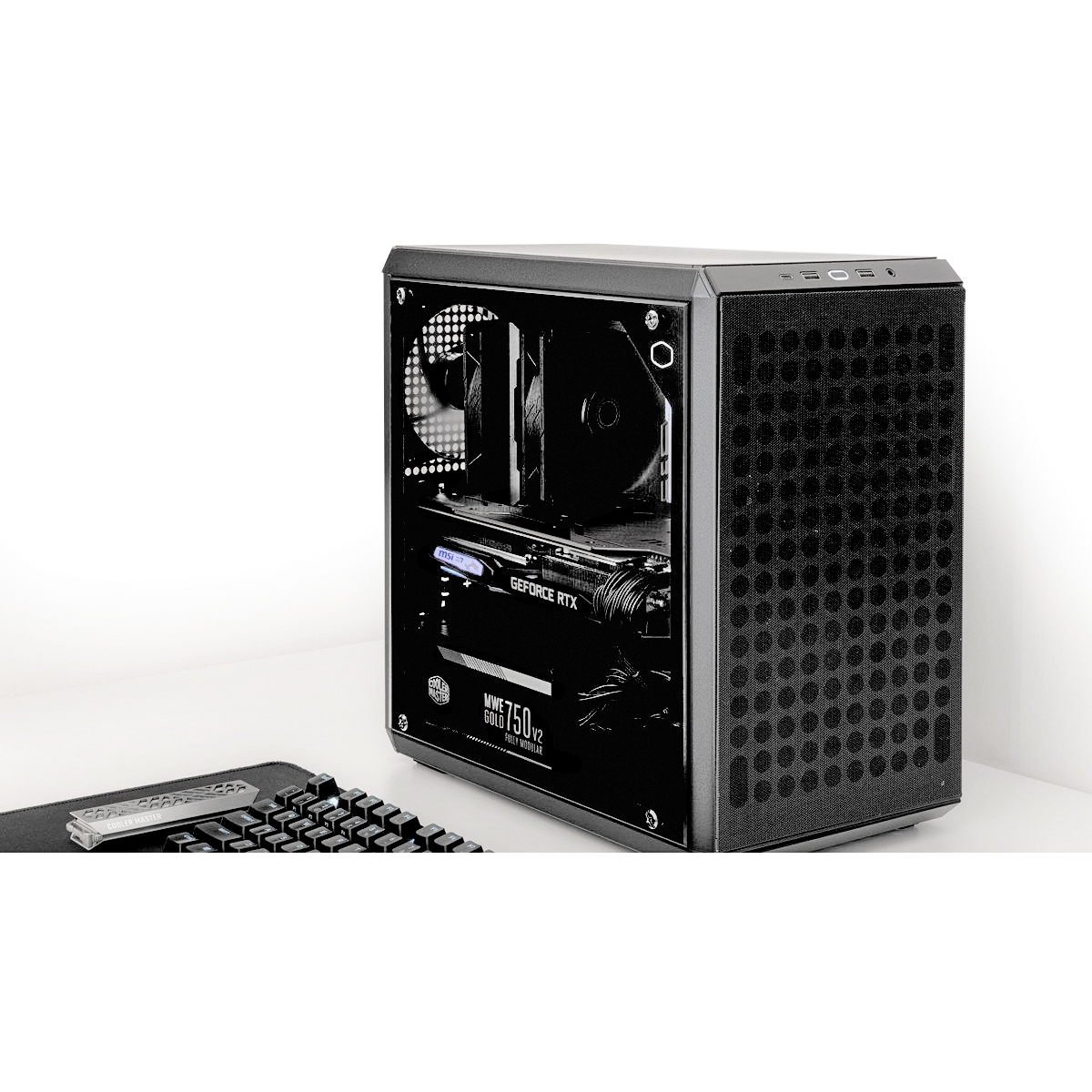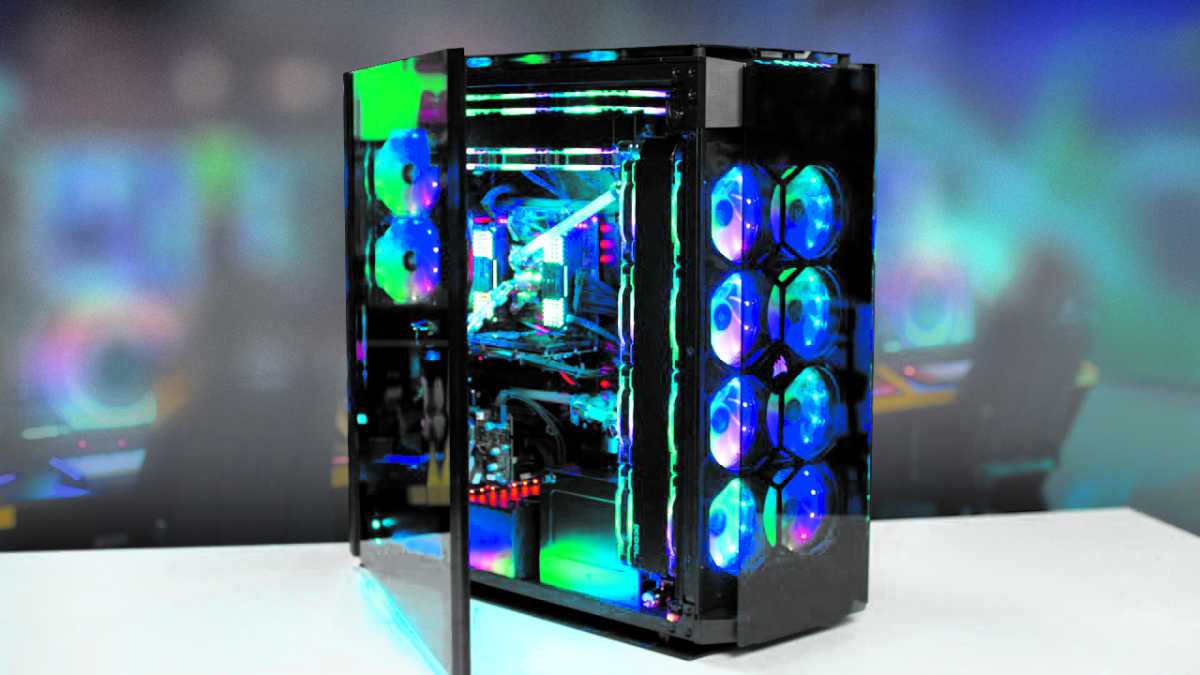
 Image: Corsair
Image: Corsair
When putting together a PC system, many components are obviously more important than the housing: processors, graphics cards, and memory modules usually receive the most attention. However, the case is more than just an aesthetic shell. It has a decisive influence on the cooling performance, the organization of the components, and the expandability of the system.
Smaller cases may seem attractive at first glance because they take up less space and are often cheaper. However, depending on the configuration, the challenge comes shortly after purchase when the expansion options for RAM, SSDs, and PCIe expansion cards are very limited.

Smaller micro ATX cases, such as this example from Cooler Master, are completely sufficient for the majority of PCs. The graphics card is usually the size-determining factor.
Smaller micro ATX cases, such as this example from Cooler Master, are completely sufficient for the majority of PCs. The graphics card is usually the size-determining factor.
Cooler Master
Smaller micro ATX cases, such as this example from Cooler Master, are completely sufficient for the majority of PCs. The graphics card is usually the size-determining factor.
Cooler Master
Cooler Master
With the trend towards more compact storage solutions such as NVMe SSDs, which can be mounted directly on the mainboard, the space required for drive bays is no longer relevant in many cases. This enables smaller PC housings, as the large 3.5-inch drive bays that were previously necessary can be omitted.
Further reading: How to build a killer 1080p gaming PC for just $700
However, the length of the case is often determined by the size of the graphics card. In many systems, it is the longest component and therefore generates the most heat. While some users may need a particularly powerful graphics card that requires a larger case, there are also many smaller variants that are sufficient for average requirements and take up less space.

Large PC cases offer many advantages, but are often not necessary. If you want to find the right case, you need to know exactly what your PC requirements are.
Large PC cases offer many advantages, but are often not necessary. If you want to find the right case, you need to know exactly what your PC requirements are.
IDG
Large PC cases offer many advantages, but are often not necessary. If you want to find the right case, you need to know exactly what your PC requirements are.
IDG
IDG
Cooling is another important issue that you should consider when choosing a case size. Smaller cases offer less space for large cooling solutions. This can lead to thermal throttling under certain circumstances. The actual cooling capacity depends heavily on the design of the components used and the cooling system.
Open cooling systems require a housing with good air flow, while self-controlled cooling systems, such as blower graphics cards, are less dependent on the size of the housing. Liquid cooling systems offer further flexibility here because they can channel the heat directly to the radiators on the outside of the case, which allows for smaller case sizes.
Overall, the decision for the size of the PC case should be made carefully. It is best to thoroughly consider your needs in terms of component selection, cooling performance, and preferred aesthetics. A smaller case is more practical and probably sufficient for many users. However, the decisive factor is ultimately your desired configuration.
This article was translated from German to English and originally appeared on pcwelt.de.
Author: Friedrich Stiemer
Recent stories by Friedrich Stiemer:
CPU-FAN versus CPU-OPT on motherboards: What’s the difference?Why a great gaming setup needs more than just a powerful PCThe right amount of thermal paste for your CPU


